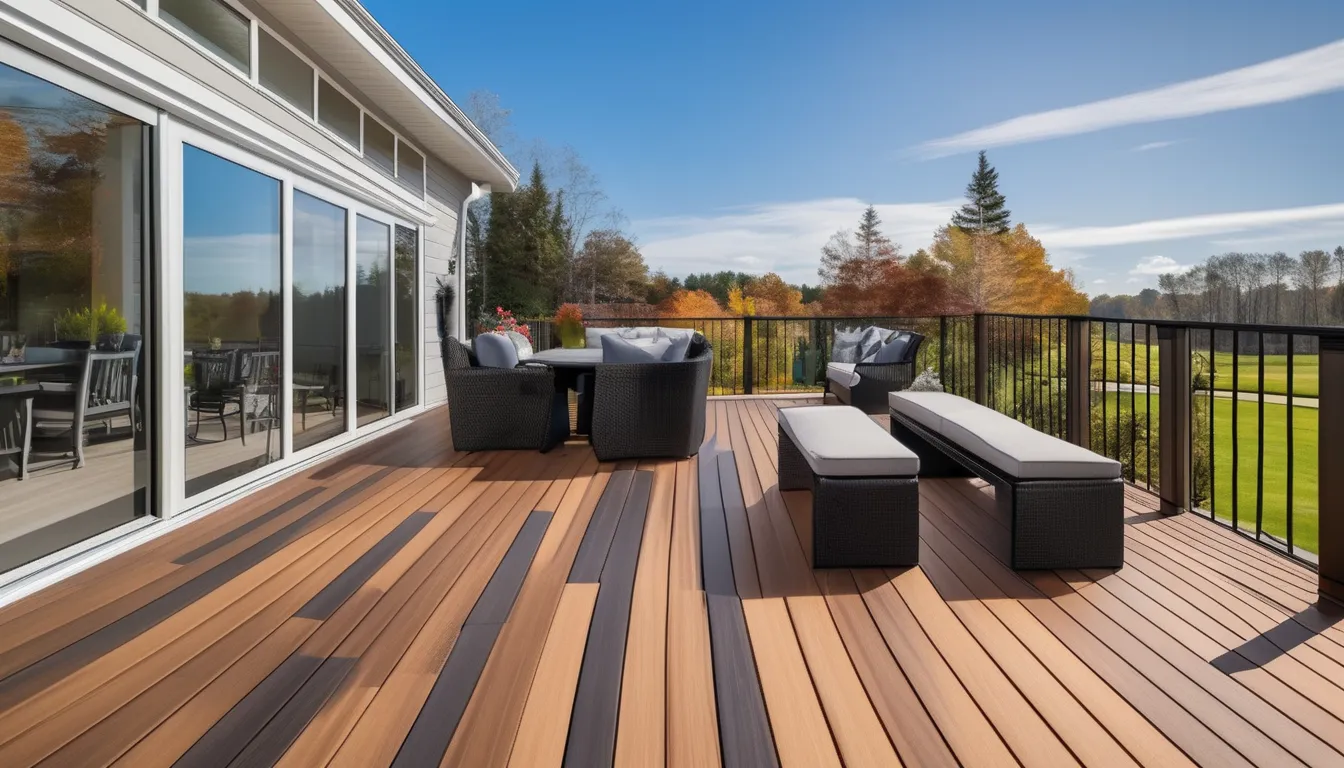
When it comes to installing a Royal Deck Guardian system, you’re not just building a deck – you’re creating an outdoor space that’s supposed to be safe and enjoyable for years to come. To ensure your deck meets the manufacturer’s standards and local building codes, you’ll need to take a proactive approach. You’ve likely reviewed the manufacturer’s guidelines, but have you considered the potential pitfalls that can occur during the installation process? Understanding these risks and taking steps to mitigate them is crucial – and that’s exactly where we’ll start, but first, you need to know what to look out for.
Understanding Manufacturer Guidelines
Understanding Manufacturer Guidelines
When installing a Royal Deck Guardian, it’s crucial to start by understanding the manufacturer’s guidelines.
These guidelines outline the necessary requirements for a successful installation. You’ll need to review the manufacturer’s documentation, which typically includes instructions, diagrams, and specifications.
You should pay close attention to the recommended installation methods, as well as any specific safety precautions.
The manufacturer may also provide recommendations for compatible materials and tools. Make sure you’re using the correct fasteners, sealants, and other components specified in the guidelines.
Familiarize yourself with the manufacturer’s guidelines on measurements and tolerances.
These will help you ensure accurate cuts and proper fitting of the Royal Deck Guardian components.
You should also be aware of any specific testing or quality control procedures required by the manufacturer.
Pre-Installation Site Preparation
Before starting the deck company atlanta installation, inspect the site to ensure it’s ready for the process.
Check the area for any debris, obstructions, or other hazards that could interfere with the installation.
Verify that all necessary tools and materials are on site and easily accessible.
You’ll also need to ensure the deck’s substrate is suitable for the Royal Deck Guardian installation.
Check the deck’s joist spacing and verify that it meets the manufacturer’s requirements.
If the joist spacing is inadequate, consider adding additional joists to provide the necessary support.
Next, inspect the deck’s surface for any damage or rot.
Check for any signs of water damage, warping, or insect infestation.
If you find any damage, repair or replace the affected areas before proceeding with the installation.
Installing Post and Rail Systems
Typically, a successful Royal Deck Guardian installation begins with the post and rail systems. You’ll need to plan and execute this step carefully, as it sets the foundation for the entire installation.
Begin by verifying the correct number and type of posts, as specified in the manufacturer’s instructions. Ensure that all posts are securely fastened to the deck’s joists or ledger board.
Next, you’ll need to install the rail system, making sure to maintain the recommended spacing between posts. Pay close attention to local building codes and manufacturer’s guidelines for rail height, baluster spacing, and other critical factors.
Use the correct type and quantity of screws or brackets to secure the rail system to the posts.
When installing the post and rail systems, double-check your work to ensure accurate measurements and proper alignment. Use a level to ensure the posts are plumb and the rail system is level. By following these steps, you’ll create a solid foundation for the rest of the Royal Deck Guardian installation and ensure a safe, compliant, and durable railing system.
Ensuring Code Compliance Inspection
A successful Royal Deck Guardian installation requires more than just a solid foundation – it also demands strict adherence to local building codes and regulations. You must ensure that your installation meets all relevant requirements to avoid costly fines and potential safety hazards.
Start by familiarizing yourself with local building codes and regulations. Check with your local government agency for specific requirements, and consult the Royal Deck Guardian installation manual for general guidelines.
You’ll need to verify that your installation meets standards for load-carrying capacity, structural integrity, and safety features.
During the installation process, conduct regular inspections to ensure compliance with local codes. Check that all components are properly installed, and that the deck is securely attached to the post and rail system.
Take note of any potential issues, and address them promptly. Schedule a final inspection with a local building inspector to verify compliance and obtain any necessary certifications.
Maintaining Quality Control Measures
You’ve ensured your Royal Deck Guardian installation complies with local building codes and regulations, but that’s not the only factor in a successful installation.
Maintaining quality control measures is crucial to prevent defects, ensure safety, and avoid costly rework. You must establish a quality control process that includes regular inspections and testing throughout the installation process.
To maintain quality control, you should verify that all materials meet the manufacturer’s specifications and are stored properly to prevent damage.
You should also inspect the installation site before and during the installation to ensure it’s free from debris and hazards.
Additionally, you should conduct regular inspections of the installation to identify and address any defects or issues promptly.
Conclusion
By following the steps outlined and staying up-to-date on local building codes, you’ll ensure your Royal Deck Guardian installation meets the necessary standards. Regular inspections and a final check by a local building inspector will verify compliance. Take pride in your work and don’t hesitate to address any issues promptly. Your attention to detail will result in a safe, structurally sound deck that you can enjoy for years to come.
